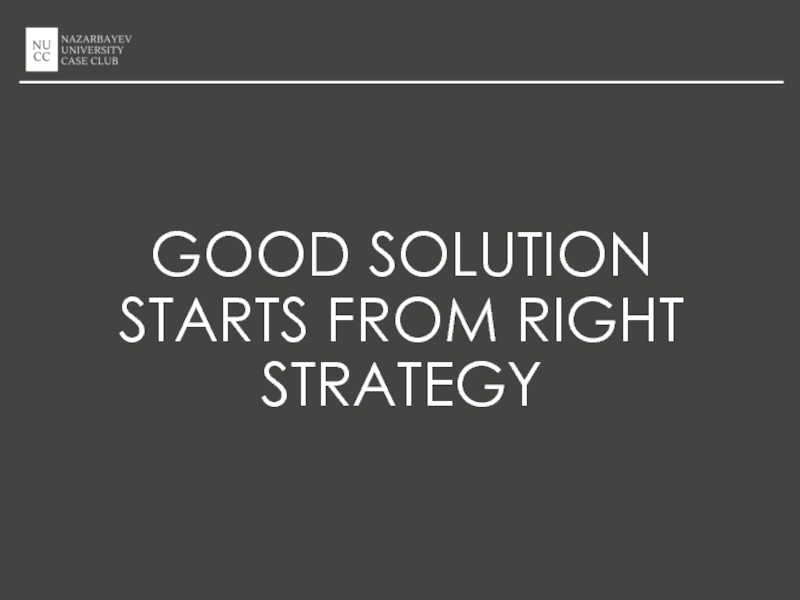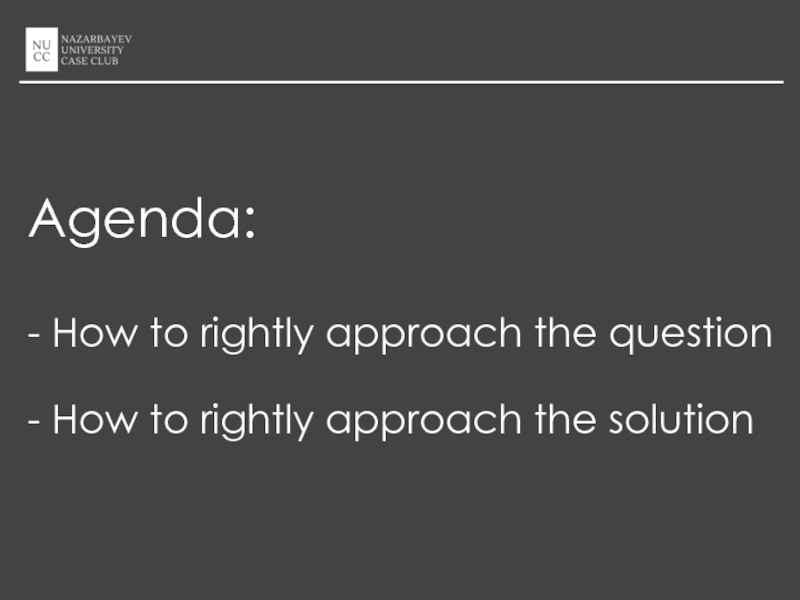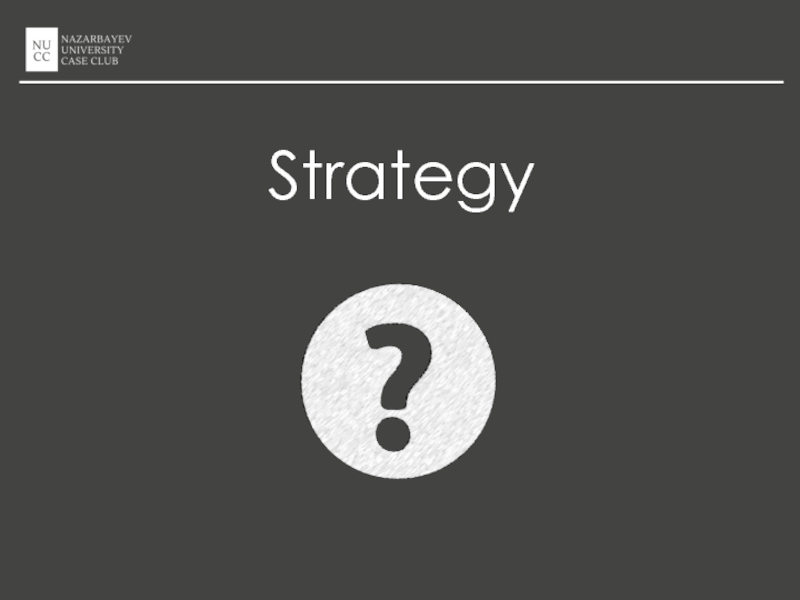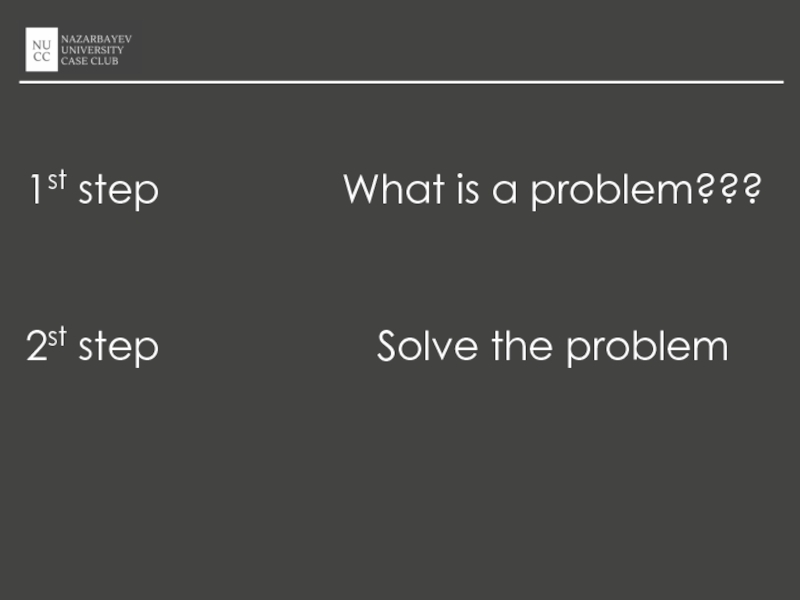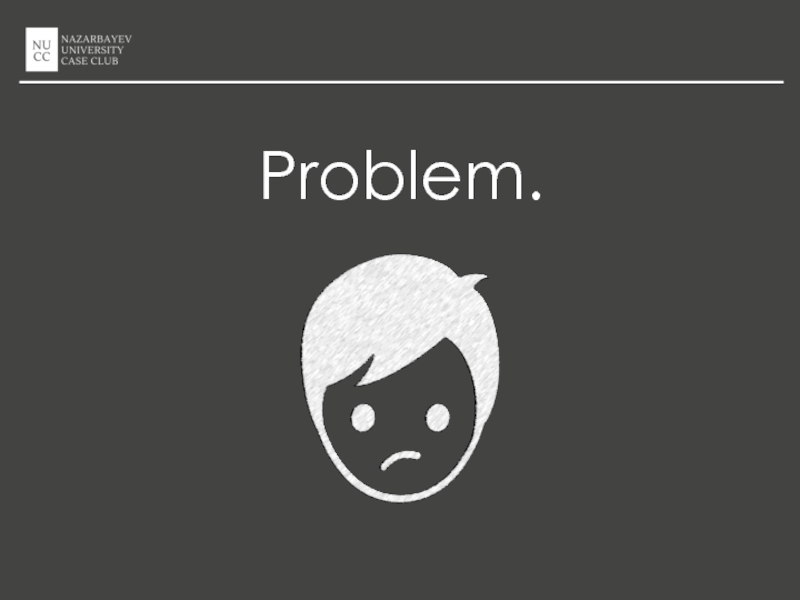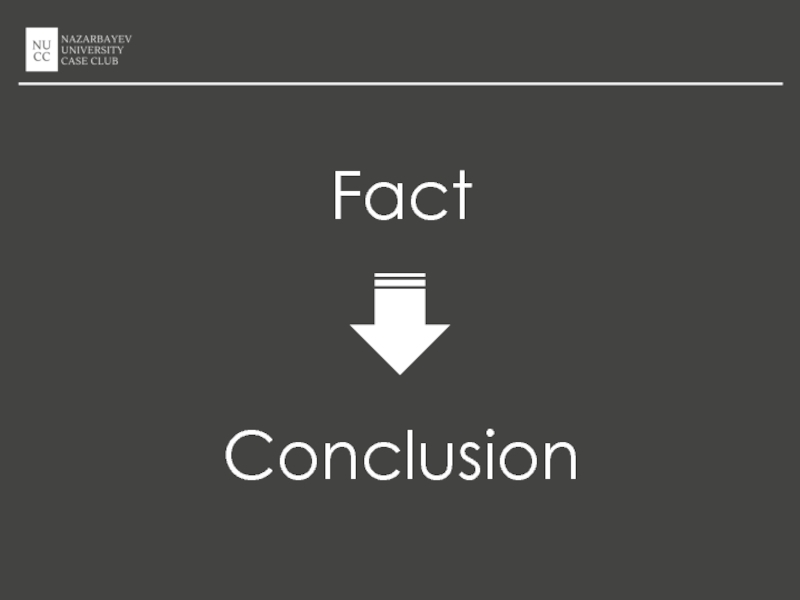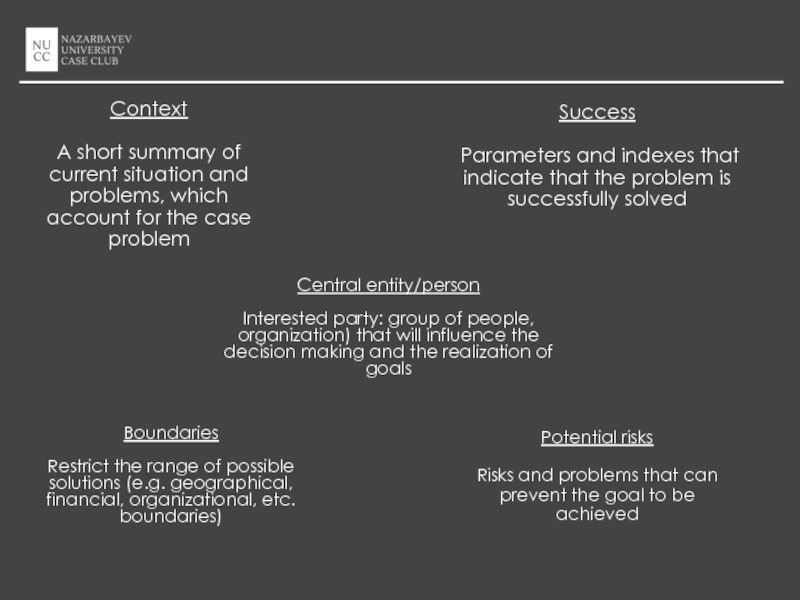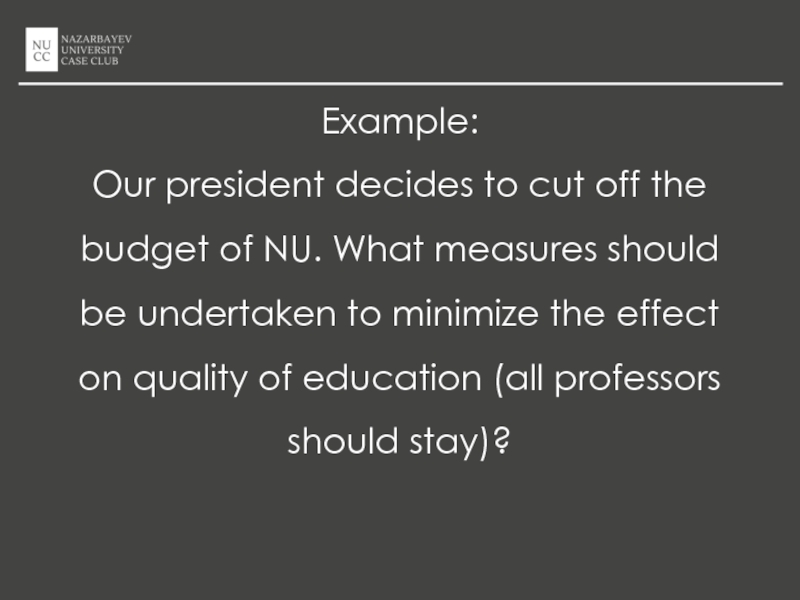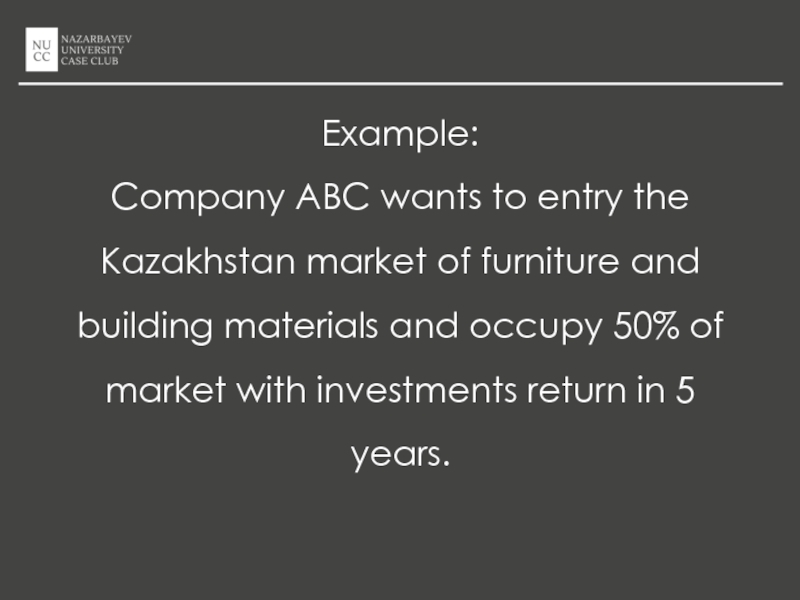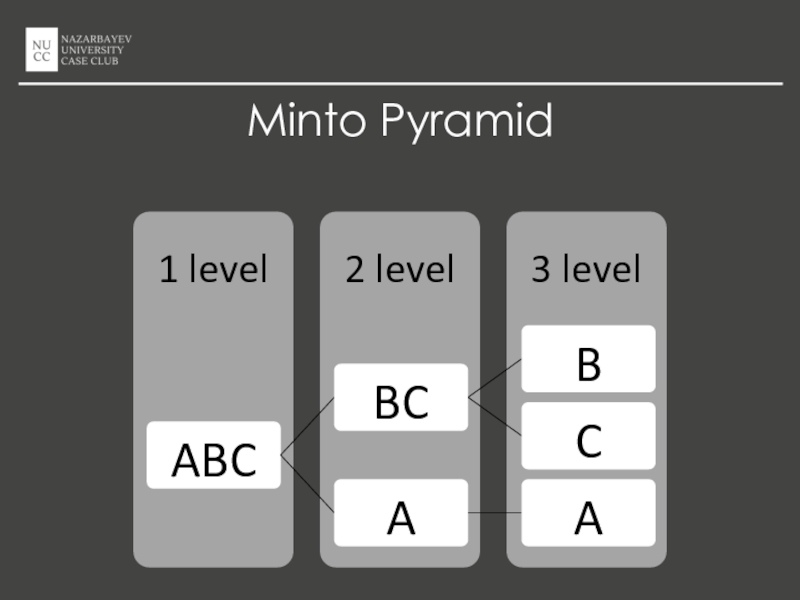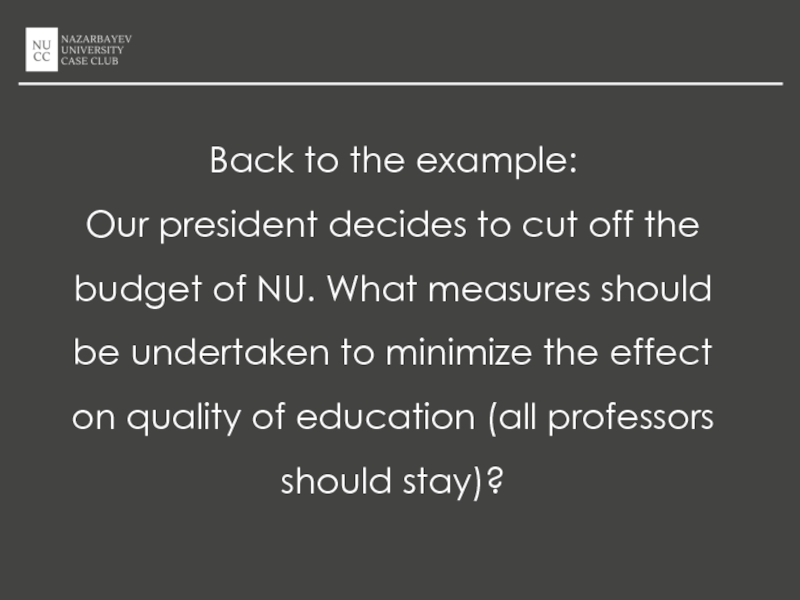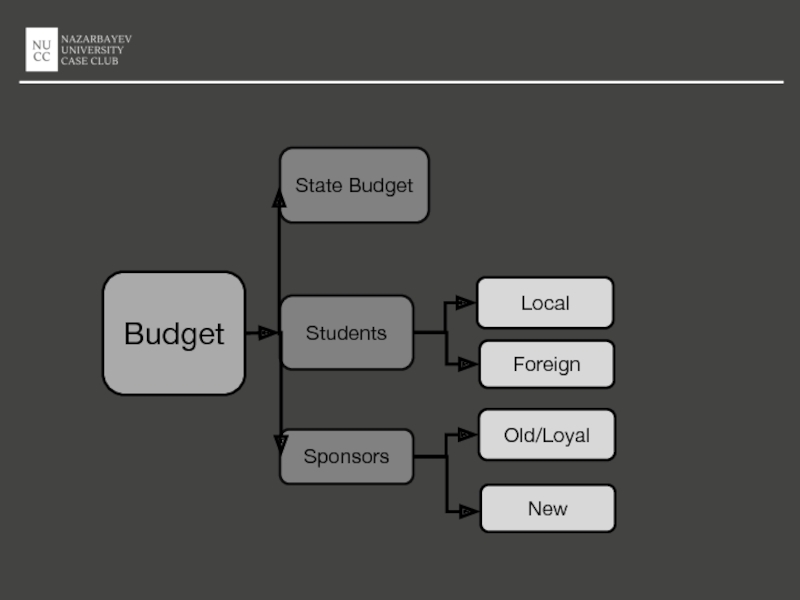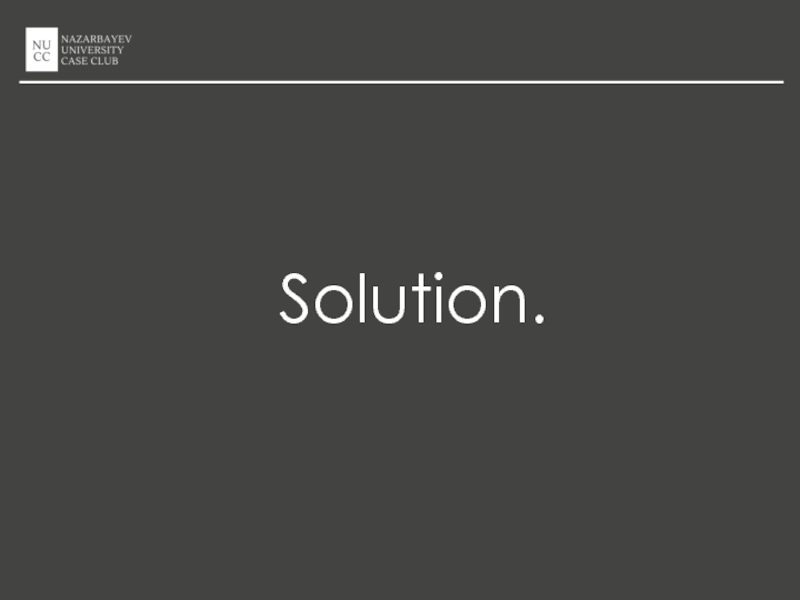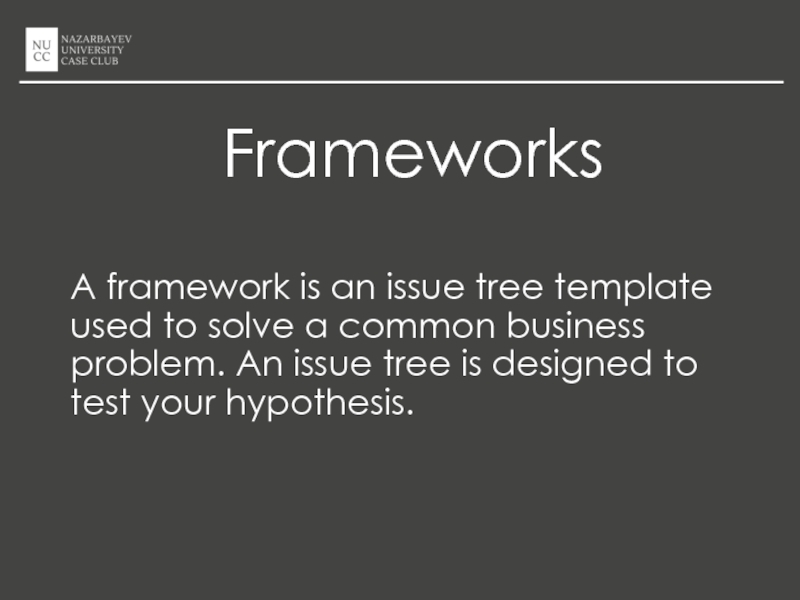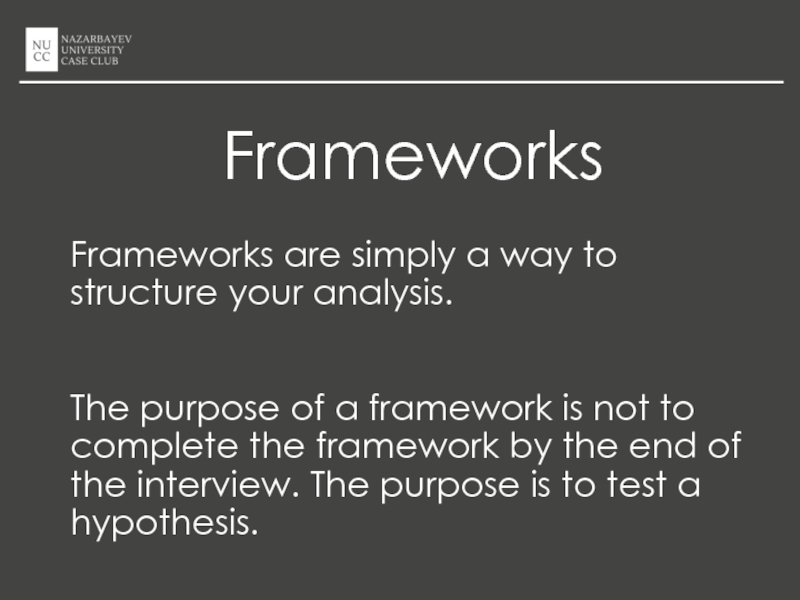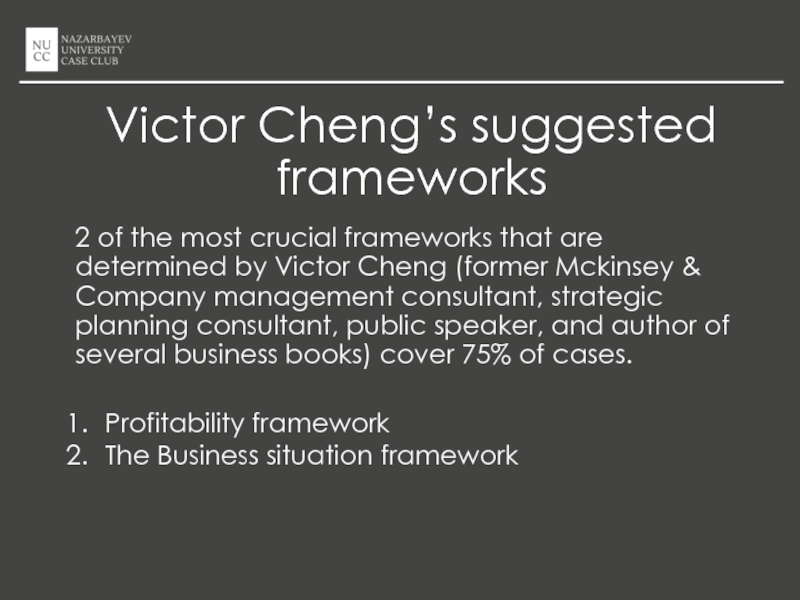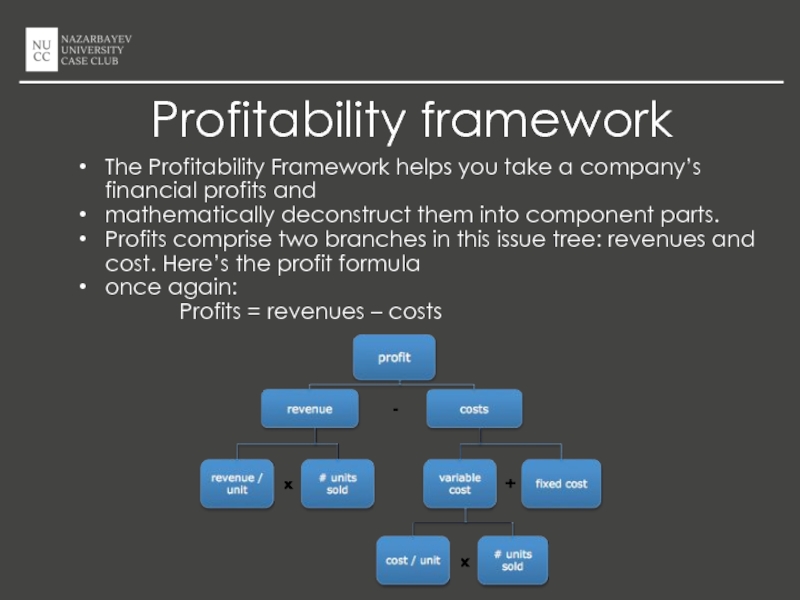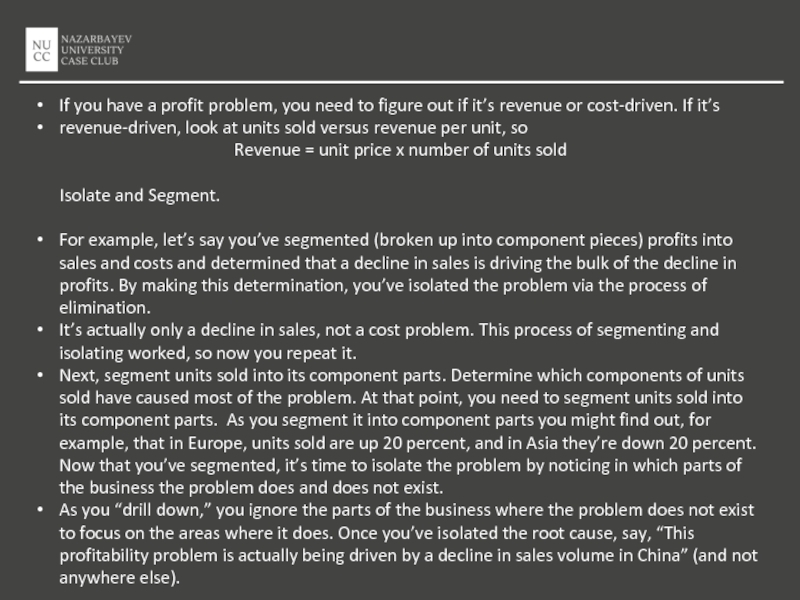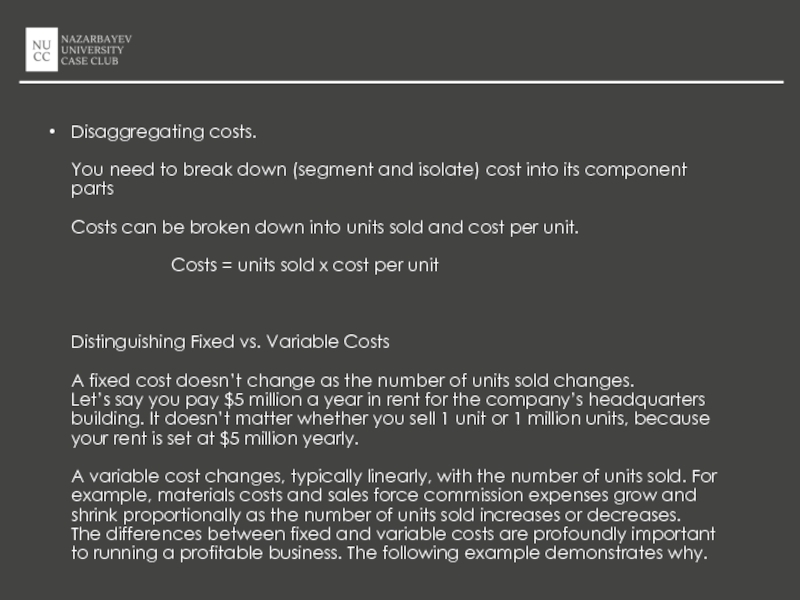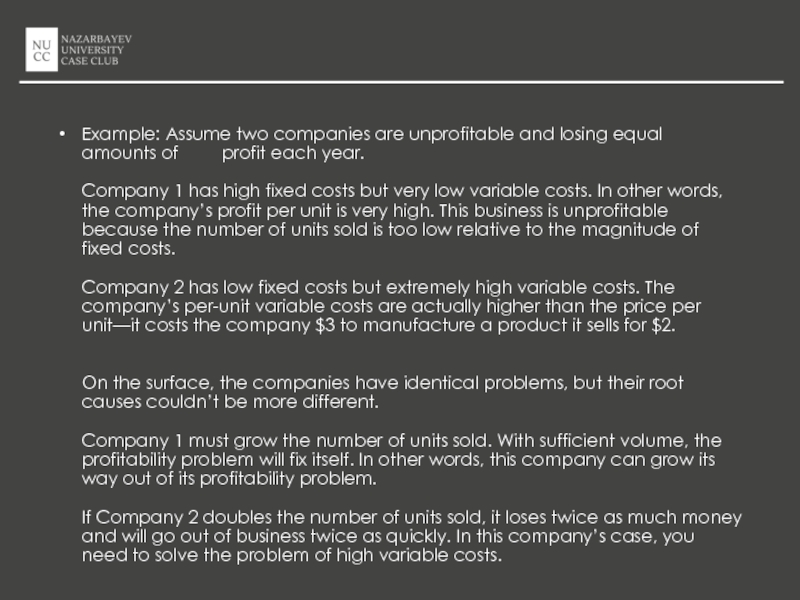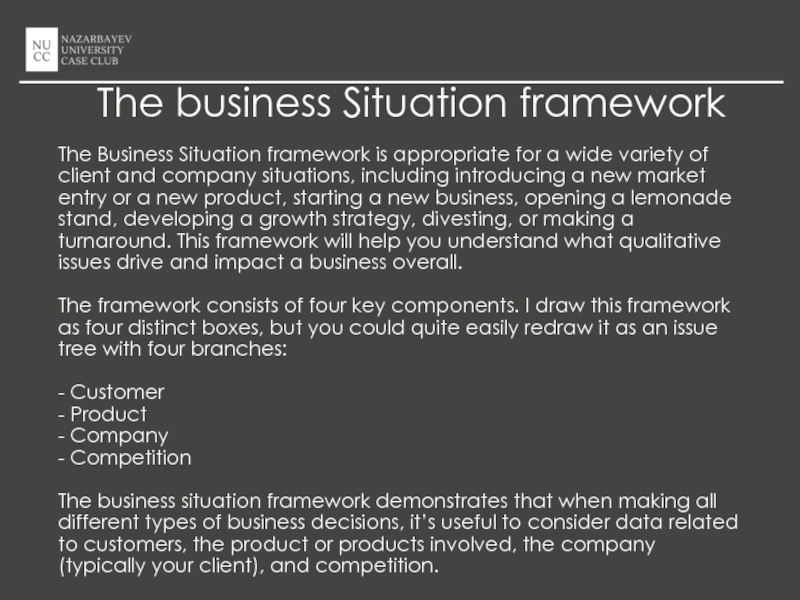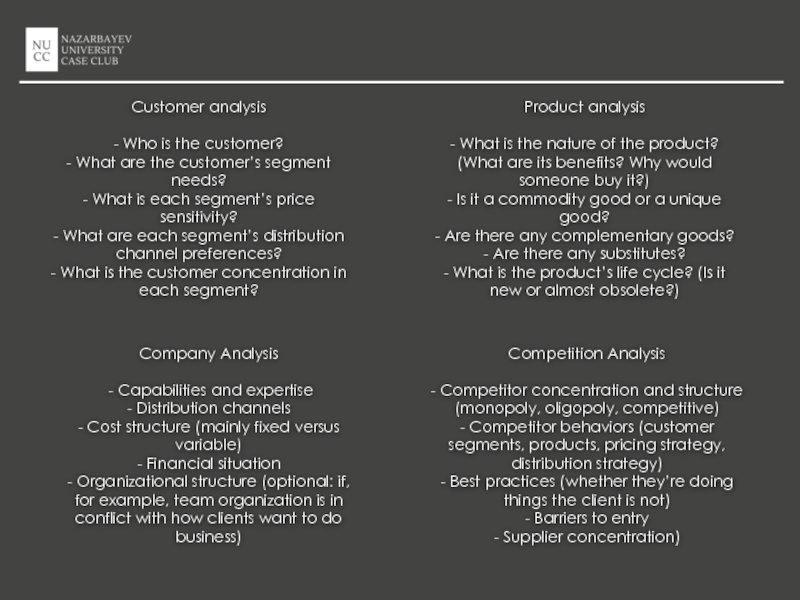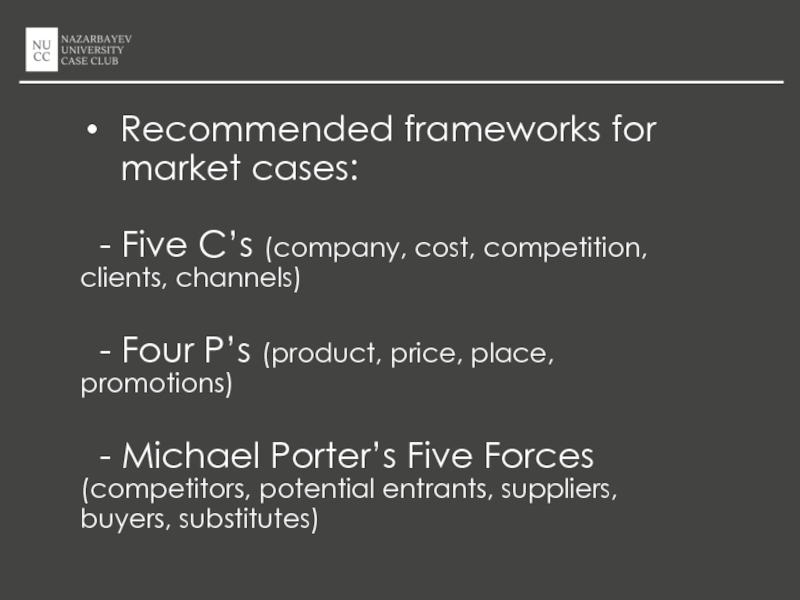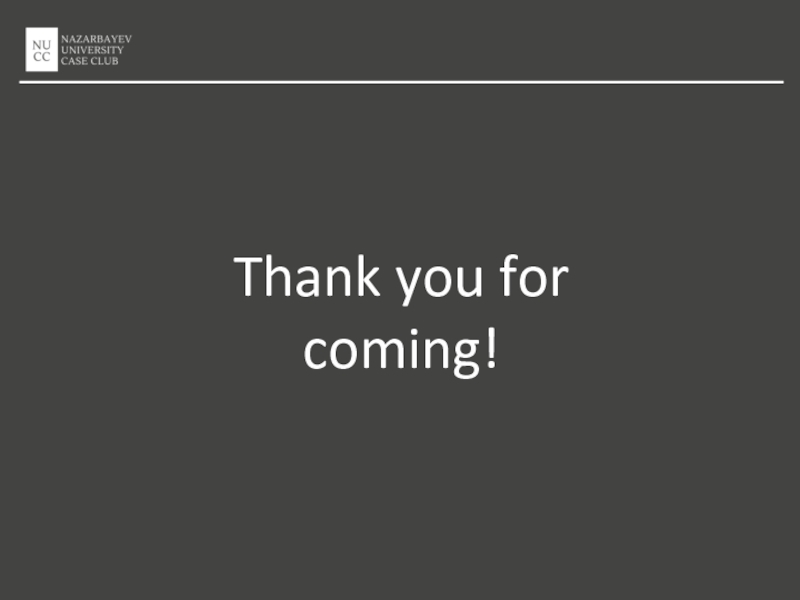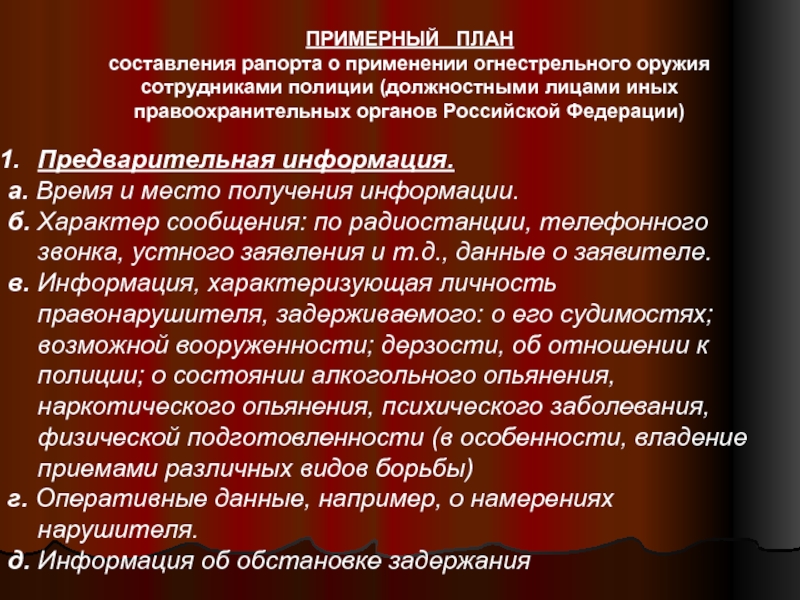- Главная
- Разное
- Дизайн
- Бизнес и предпринимательство
- Аналитика
- Образование
- Развлечения
- Красота и здоровье
- Финансы
- Государство
- Путешествия
- Спорт
- Недвижимость
- Армия
- Графика
- Культурология
- Еда и кулинария
- Лингвистика
- Английский язык
- Астрономия
- Алгебра
- Биология
- География
- Детские презентации
- Информатика
- История
- Литература
- Маркетинг
- Математика
- Медицина
- Менеджмент
- Музыка
- МХК
- Немецкий язык
- ОБЖ
- Обществознание
- Окружающий мир
- Педагогика
- Русский язык
- Технология
- Физика
- Философия
- Химия
- Шаблоны, картинки для презентаций
- Экология
- Экономика
- Юриспруденция
Good solution starts from right strategy презентация
Содержание
- 1. Good solution starts from right strategy
- 2. Agenda: - How to rightly approach
- 3. Strategy
- 4. 1st step 2st step Solve the problem What is a problem???
- 5. Problem.
- 6. Fact Conclusion
- 7. Context A short summary of current
- 8. Example: Our president decides to cut off
- 9. Example: Company ABC wants to entry the
- 10. Minto Pyramid
- 11. Back to the example: Our president decides
- 12. Budget State Budget Students Sponsors Local Foreign Old/Loyal New
- 13. Solution.
- 14. Frameworks A framework is an issue tree
- 15. Frameworks Frameworks are simply a way to
- 16. Victor Cheng’s suggested frameworks 2 of the
- 17. Profitability framework The Profitability Framework helps you
- 18. If you have a profit problem,
- 19. Disaggregating costs. You need to
- 20. Example: Assume two companies are unprofitable and
- 21. The Business Situation framework
- 22. Competition Analysis - Competitor
- 23. Recommended frameworks for market cases:
- 24. Thank you for coming!
Слайд 7Context A short summary of current situation and problems, which account for
Success
Parameters and indexes that indicate that the problem is successfully solved
Central entity/person
Interested party: group of people, organization) that will influence the decision making and the realization of goals
Boundaries
Restrict the range of possible solutions (e.g. geographical, financial, organizational, etc. boundaries)
Potential risks
Risks and problems that can prevent the goal to be achieved
Слайд 8Example:
Our president decides to cut off the budget of NU. What
Слайд 9Example:
Company ABC wants to entry the Kazakhstan market of furniture and
Слайд 11Back to the example:
Our president decides to cut off the budget
Слайд 14Frameworks
A framework is an issue tree template used to solve a
Слайд 15Frameworks
Frameworks are simply a way to structure your analysis.
The purpose of
Слайд 16Victor Cheng’s suggested frameworks
2 of the most crucial frameworks that are
Profitability framework
The Business situation framework
Слайд 17Profitability framework
The Profitability Framework helps you take a company’s financial profits
mathematically deconstruct them into component parts.
Profits comprise two branches in this issue tree: revenues and cost. Here’s the profit formula
once again:
Profits = revenues – costs
Слайд 18
If you have a profit problem, you need to figure out
revenue-driven, look at units sold versus revenue per unit, so
Revenue = unit price x number of units sold
Isolate and Segment.
For example, let’s say you’ve segmented (broken up into component pieces) profits into sales and costs and determined that a decline in sales is driving the bulk of the decline in profits. By making this determination, you’ve isolated the problem via the process of elimination.
It’s actually only a decline in sales, not a cost problem. This process of segmenting and isolating worked, so now you repeat it.
Next, segment units sold into its component parts. Determine which components of units sold have caused most of the problem. At that point, you need to segment units sold into its component parts. As you segment it into component parts you might find out, for example, that in Europe, units sold are up 20 percent, and in Asia they’re down 20 percent. Now that you’ve segmented, it’s time to isolate the problem by noticing in which parts of the business the problem does and does not exist.
As you “drill down,” you ignore the parts of the business where the problem does not exist to focus on the areas where it does. Once you’ve isolated the root cause, say, “This profitability problem is actually being driven by a decline in sales volume in China” (and not anywhere else).
Слайд 19Disaggregating costs. You need to break down (segment and isolate) cost
Слайд 20Example: Assume two companies are unprofitable and losing equal amounts of
Слайд 21 The Business Situation framework is appropriate for a wide variety
The business Situation framework
Слайд 22
Competition Analysis
- Competitor concentration and structure (monopoly, oligopoly, competitive)
-
Customer analysis
- Who is the customer?
- What are the customer’s segment needs?
- What is each segment’s price sensitivity?
- What are each segment’s distribution channel preferences?
- What is the customer concentration in each segment?
Company Analysis
- Capabilities and expertise
- Distribution channels
- Cost structure (mainly fixed versus variable)
- Financial situation
- Organizational structure (optional: if, for example, team organization is in conflict with how clients want to do business)
Product analysis
- What is the nature of the product? (What are its benefits? Why would someone buy it?)
- Is it a commodity good or a unique good?
- Are there any complementary goods?
- Are there any substitutes?
- What is the product’s life cycle? (Is it new or almost obsolete?)
Слайд 23
Recommended frameworks for market cases:
- Five C’s (company, cost, competition,
- Four P’s (product, price, place, promotions)
- Michael Porter’s Five Forces (competitors, potential entrants, suppliers, buyers, substitutes)
